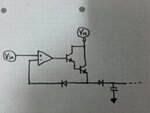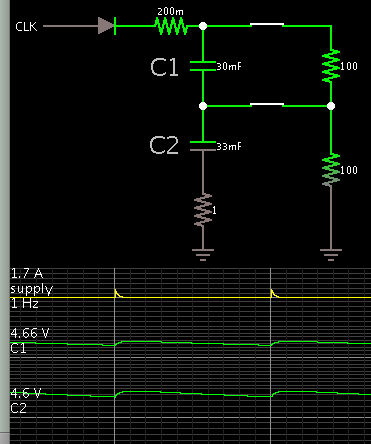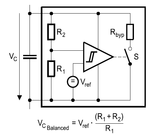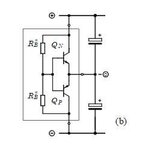Constructer
Junior Member level 3
The voltage feeding the follower will be 2.9v to 3.529v.
The "Transistor?" would charge a Capacitor.
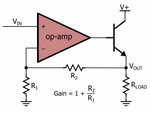
I envisage a diode would be need between Transistor and Capacitor for protection?
If so, is there a mathematical way to pre-compensate for the voltage drop across Diode, not shown?

50F - 2x 100F Maxwell "BCAP0100 T01" Capacitors in Series:
https://www.mouser.com/ds/2/257/Maxwell_HCSeries_DS_1013793-9-341195.pdf
Rated Current 5A
Max. Current 18A
Max. ESR 30 mΩ
The "Transistor?" would charge a Capacitor.

I envisage a diode would be need between Transistor and Capacitor for protection?
If so, is there a mathematical way to pre-compensate for the voltage drop across Diode, not shown?

50F - 2x 100F Maxwell "BCAP0100 T01" Capacitors in Series:
https://www.mouser.com/ds/2/257/Maxwell_HCSeries_DS_1013793-9-341195.pdf
Rated Current 5A
Max. Current 18A
Max. ESR 30 mΩ
